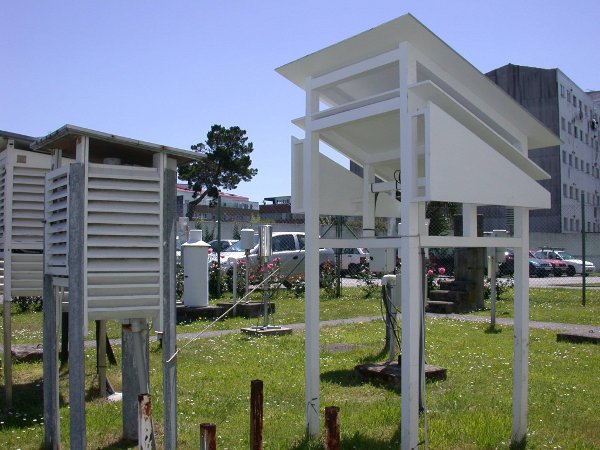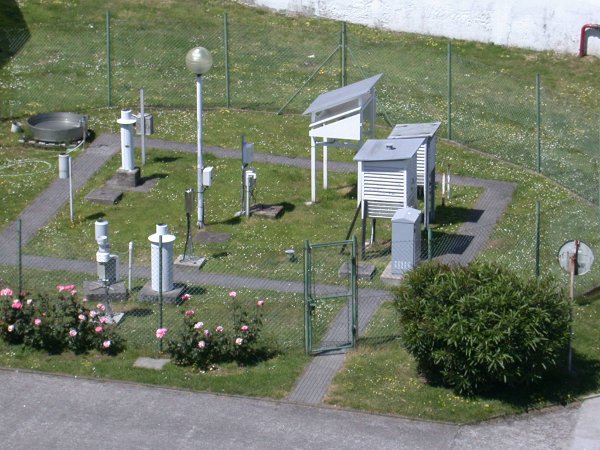Instrumental climate data reconstruction
Instrumental climate data reconstruction
Long-term, high-quality, homogeneous and, in this context, reliable climate datasets are needed before undertaking any climatic analysis, particularly those aiming to assess climate variability and change. However, it is well known that long climatological time series often contain information that is not only due to natural weather or climate variability. Mostly these variations are related to non-climatic factors, such as the introduction of new instrumentation, relocation of weather stations, changes in exposure of instruments or in observing practices, modification of the environment surrounding the meteorological stations, etc. These non-climatic factors affecting the meteorological records make these data less suitable for the assessment of actual climate variations, through the reduced reliability of the time series.
Before undertaking any data quality control (QC) and homogeneity tests it is necessary to develop, as far as possible, complete metadata or station history information. Thus, the development of high-quality and adjusted datasets (both on a monthly and a daily basis) constitutes a multi-task activity that incorporates several actions going from the data location and recovery to the calculation and application of the adjustments.
Quality controls applied to daily maximum and minimum temperature series, appropriate procedures adopted for minimizing the bias induced by temporal changes in thermometric exposures from the raw Tmax and Tmin monthly data, the homogeneity tests and the analysis of results reached, the estimated correction scheme for adjusting time series on a monthly basis, the interpolation method used for estimating daily adjustments, are steps of the approach for creating the regional temperature series for Spain, the Spanish Temperature Series (STS).


